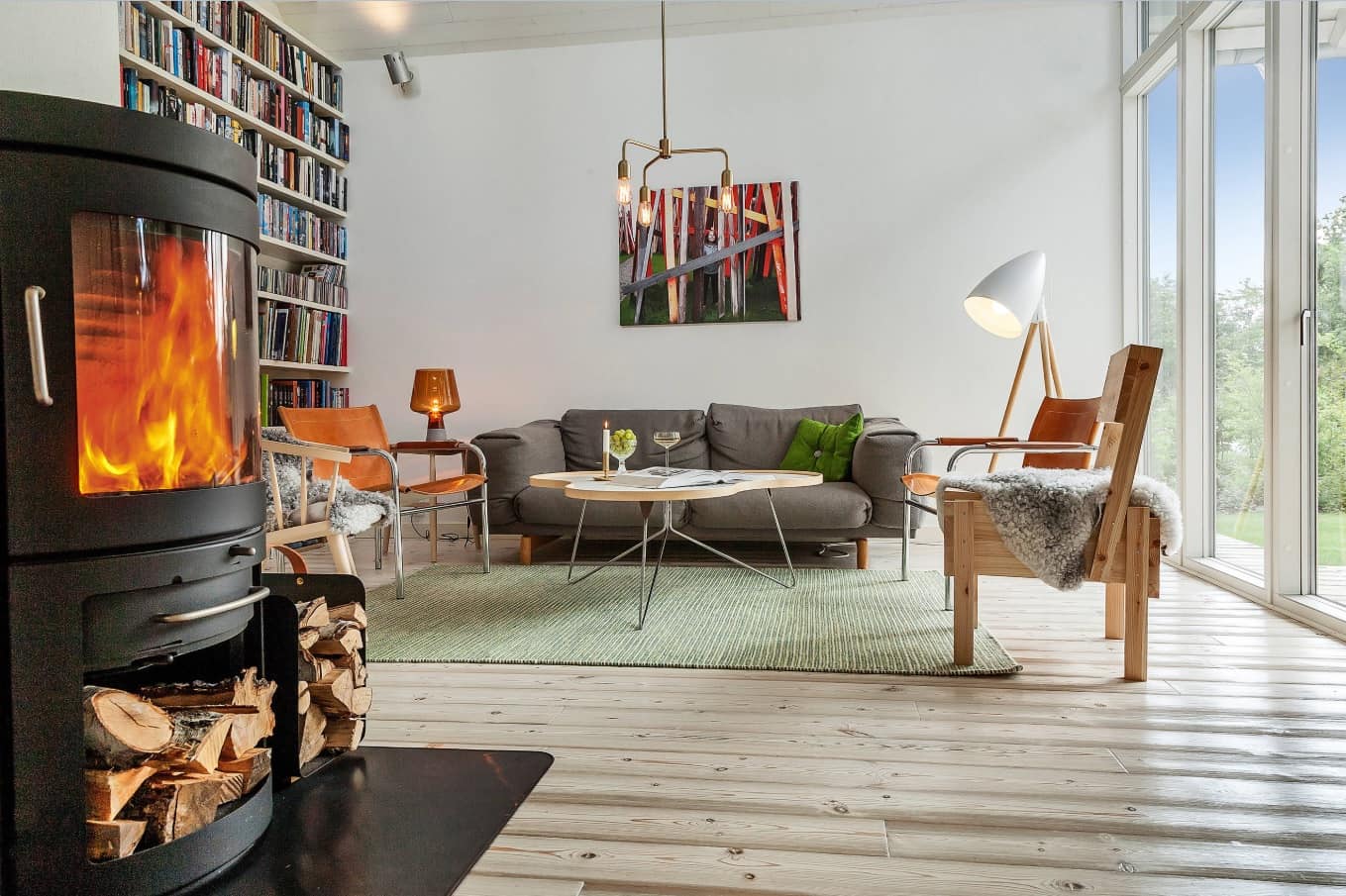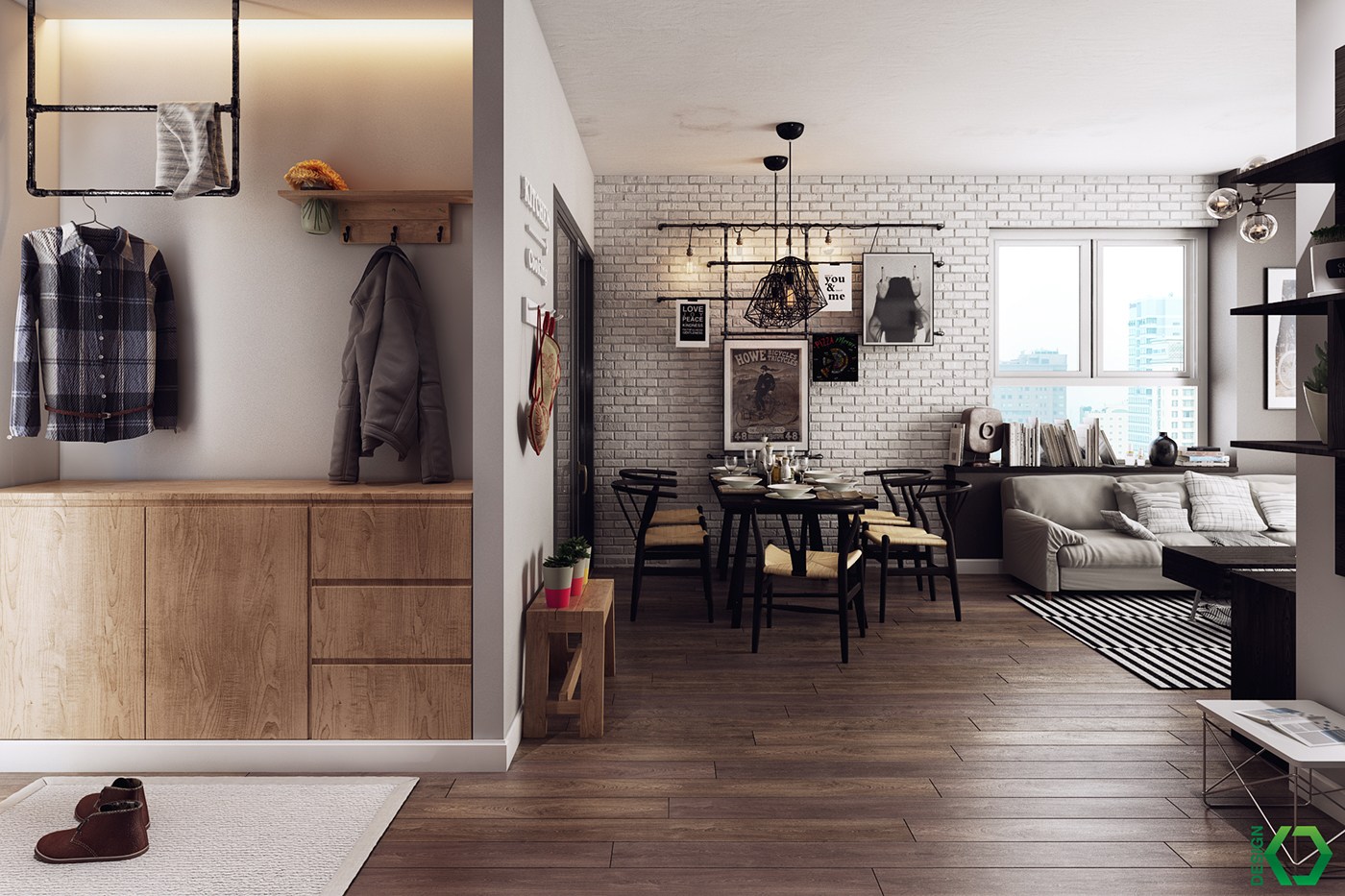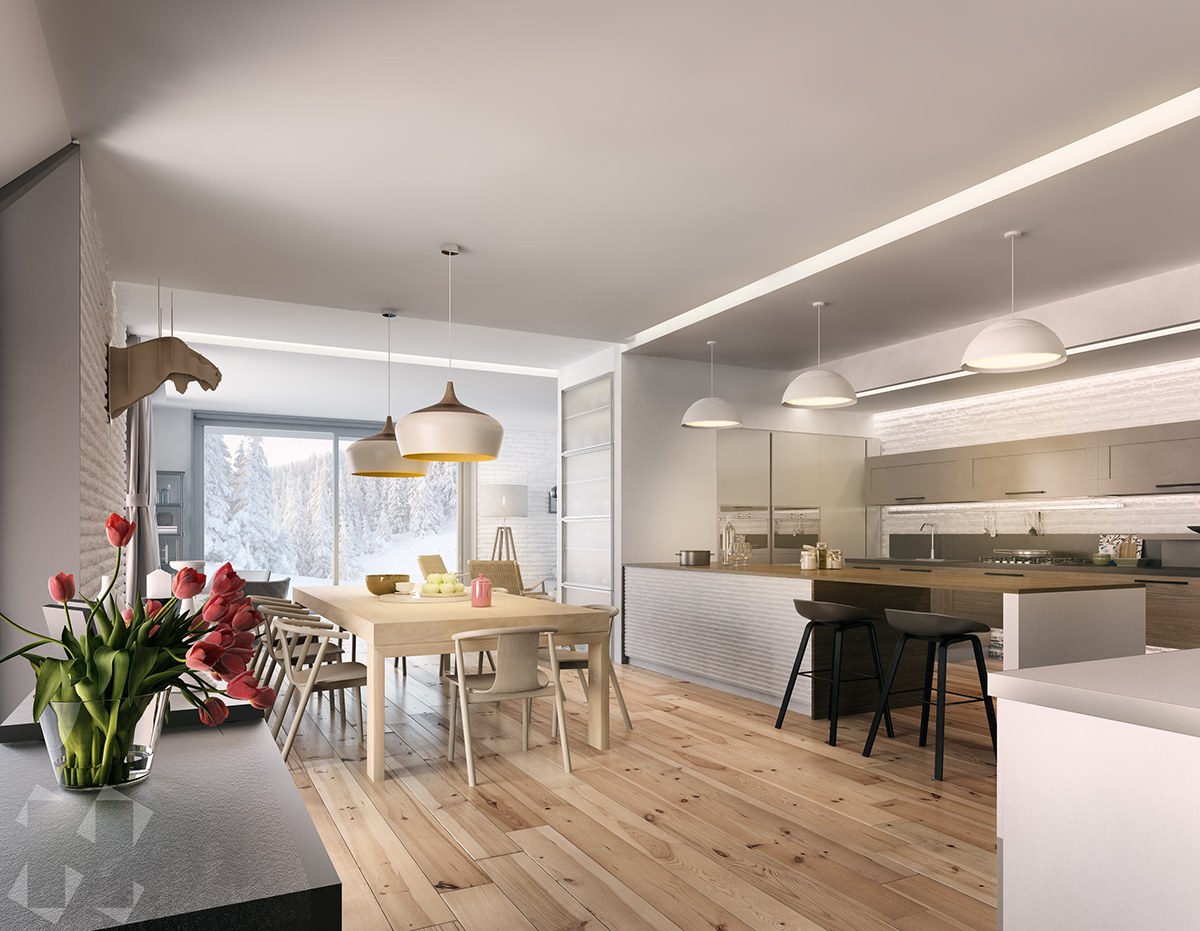Nordic Design Principles

Nordic interior design – Nordic design is renowned for its simplicity, functionality, and embrace of natural elements. This design philosophy emphasizes creating harmonious spaces that prioritize comfort, light, and a connection to nature.
Nordic interior design, with its minimalist and functional aesthetic, embraces a connection with nature and a focus on natural materials. However, a playful touch can be introduced through unexpected elements, such as minions wallpaper. These vibrant and whimsical designs add a burst of color and personality to the otherwise subdued Nordic interior, creating a unique and inviting space that combines the best of both worlds.
Light plays a crucial role in Nordic interiors, with large windows and skylights maximizing natural illumination. Color palettes often feature neutral hues like white, gray, and beige, which reflect light and create a sense of spaciousness. Textures add warmth and interest, with natural materials such as wood, stone, and wool commonly used.
Simplicity and Functionality
Nordic design prioritizes simplicity and functionality, eliminating unnecessary clutter and emphasizing clean lines. Furniture is typically simple and practical, with a focus on comfort and durability. Storage solutions are discreet and integrated into the design, ensuring a clutter-free and organized space.
Nordic interior design, known for its minimalism and functionality, often incorporates bold and striking elements to create a dramatic effect. All black wallpaper , for instance, adds a touch of sophistication and mystery to a Nordic-inspired space. While the all-white aesthetic is a staple of this design style, the use of black accents, including wallpaper, brings a unique and edgy touch that complements the clean lines and natural materials characteristic of Nordic design.
Natural Elements
Natural elements are integral to Nordic design, bringing a sense of tranquility and connection to nature indoors. Wood is a common material, adding warmth and texture. Plants and flowers add a touch of greenery and freshness, while natural light floods the space, creating a bright and airy atmosphere.
Key Elements of Nordic Style

Nordic interior design is characterized by its simplicity, functionality, and use of natural materials. Key elements of this style include:
Natural Materials
Natural materials, such as wood, stone, and leather, are essential to Nordic style. These materials create a warm and inviting atmosphere and help to connect the indoors with the outdoors.
- Wood: Wood is the most commonly used material in Nordic design. It is used for flooring, furniture, and accessories.
- Stone: Stone is another popular material in Nordic design. It is used for countertops, backsplashes, and fireplaces.
- Leather: Leather is a durable and stylish material that is often used for furniture and accessories.
Geometric Shapes
Geometric shapes are another important element of Nordic style. These shapes create a sense of order and balance in a space.
- Squares and rectangles: Squares and rectangles are the most common geometric shapes used in Nordic design.
- Circles and ovals: Circles and ovals are also used in Nordic design, but they are less common than squares and rectangles.
Organic Forms
Organic forms are also important in Nordic style. These forms create a sense of movement and fluidity in a space.
- Curves: Curves are the most common organic form used in Nordic design.
- Natural shapes: Natural shapes, such as leaves and flowers, are also used in Nordic design.
Natural Light
Natural light is essential to Nordic style. It creates a bright and airy atmosphere and helps to connect the indoors with the outdoors.
Nordic homes are typically designed with large windows and skylights to maximize natural light. Artificial light is also used in Nordic homes, but it is typically used to supplement natural light.
Furniture, Lighting, and Accessories
Nordic furniture, lighting, and accessories are typically simple and functional. They are often made from natural materials and feature geometric shapes and organic forms.
- Furniture: Nordic furniture is typically made from wood and features clean lines and simple shapes.
- Lighting: Nordic lighting is typically simple and functional. It often features geometric shapes and natural materials.
- Accessories: Nordic accessories are typically simple and understated. They often feature natural materials and geometric shapes.
Inspiration and Examples: Nordic Interior Design

Let us dive into the captivating world of Nordic interior design through inspiring examples and practical tips.
Nordic design seamlessly combines functionality and aesthetics, creating spaces that are both inviting and stylish. It emphasizes natural materials, organic forms, and a neutral color palette. By incorporating these elements into your home, you can create a serene and sophisticated atmosphere.
Real-World Examples
- Cozy Copenhagen Apartment: This charming apartment features a minimalist Scandinavian aesthetic with warm wooden accents, plush textiles, and pops of color from artwork and plants.
- Stockholm Loft with Industrial Charm: Exposed brick walls, high ceilings, and large windows create a spacious and inviting loft-like space. Nordic furnishings, such as clean-lined sofas and wooden tables, add a touch of sophistication.
- Helsinki House with a Touch of Nature: Surrounded by lush greenery, this modern house seamlessly blends indoor and outdoor living. Natural materials, such as stone and wood, create a warm and earthy ambiance.
Combining Elements
The key to creating a cohesive Nordic-inspired space lies in harmoniously combining its signature elements. Start with a neutral base of white or beige walls and add pops of color through textiles, artwork, or accessories.
Incorporate natural materials such as wood, stone, and leather to create a sense of warmth and texture. Opt for organic forms and curved lines in furniture and decor to soften the space.
Don’t be afraid to mix and match different Nordic design styles. For example, combine sleek Scandinavian minimalism with cozy Hygge elements to create a welcoming and functional space.
Adapting to Different Styles and Sizes, Nordic interior design
Nordic design can be adapted to homes of all styles and sizes. For smaller spaces, focus on maximizing natural light and using multifunctional furniture. In larger homes, incorporate grand pieces and statement lighting to create a more dramatic effect.
No matter the size or style of your home, the principles of Nordic design can help you create a space that is both stylish and inviting.